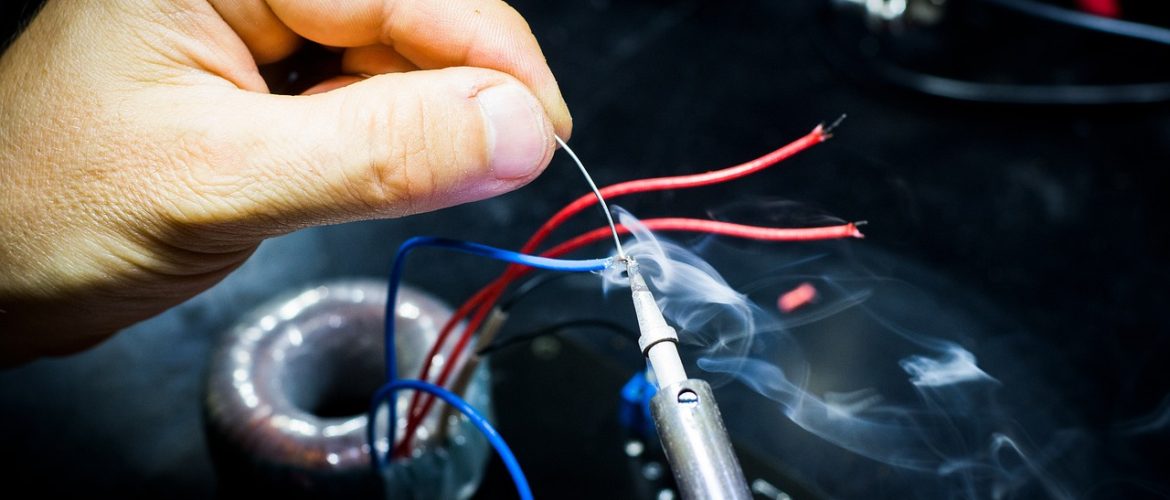
Are you interested in electronics but have no clue where to start? If so, you have come to the right place! In this blog post, we are going to discuss the must-have electronic tools for everyone who is looking to develop a hobby or a career within the field. So, set yourself comfortable and let’s get started!
Chances are if you are reading this, you already have at least a basic idea of what electronic equipment is. As we have already mentioned in other articles, electronics is a very diverse field. Thus, it encompasses a massive variety of tools.
Generally speaking, electronic tools are pieces of equipment you need to use to complete different projects, such as making, testing, and soldering circuits, and more. Electronic projects allow us to create solutions for our everyday life and provide various services for industries and citizens.
With that said, even if you are completely new to the field, you can probably already think of some frequently-used electronic tools. Surely, you must have seen a technician work on a project and observed the equipment they use.
However, as an electronics enthusiast yourself, which and how many of these tools are you going to need? This might be a tricky question if you are just starting. The good news is that you have nothing to worry about. We are here to tell you how to begin building your own electronic tool kit depending on the purposes you intend to use it for.
Before we go any further, however, let us tell you that there are certain tools you will absolutely need to possess. Other pieces of equipment may come in handy only from time to time but are nice to have. The last category is the so-called “optional tools.” This means you get to decide whether to add them to your toolbox depending on the types of electronic projects you intend to execute.
So here we are, off to the first type of electronic tools you necessarily need to possess. Before going into more depth, let us underline the need to have a basic electronic components tool kit. Such kits contain everything you may need to use while working on most basic electronic projects.
Another must-have is the breadboard, which pretty much functions as a placeholder for your components. Multimeters and component testers are also a necessity. They are used for measuring devices.
You also cannot go without a power supply. Wiring is an essential component of electronic projects, so you need the right tools to perform it. These kinds of tools often come in the form of dedicated electronic tool kits, which you need to obtain separately.
Lastly, a circuit-building electronic tool kit is also a must. Again, such toolboxes come with specific equipment that may not be frequently found in general electronic tool kits.
Following this brief overview of the types of electronic equipment you need to have as a beginner, let us discuss some of the particular tools in more detail.
We would say the electronics component toolkit is the bare minimum you need to at least start a project. You can find a variety of these in various online and land-based stores. Make sure you pick a quality kit that contains the necessary equipment.
The component tester is a handy tool used to identify different component symbols. It is also used to verify whether a component is working or not. Lastly yet quite importantly, a component tester is crucial for defining the configuration of a component so that it can be placed within the circuit correctly.
A digital multimeter is another extremely important too to have. It serves a variety of purposes, among which:
The breadboard is probably the most common electronic tool. It is used when building circuits. While the name might seem confusing to beginners, a breadboard is very simple. It has rows and columns, where you have to insert your physical components as per the required design. Then, you connect them using wires and – voila – your project is ready!
If you are curious, here is a video guide on building different projects using an electronic breadboard:
An electronics project always requires a power supply source. The reason is simple: You cannot expect an electronic prototype to work without energy. Please have in mind that homes and office buildings use AC voltages. At the same time, most electronics use DC voltages. Therefore, you need a power supply that will convert AC to DC voltage.
You will need connecting wires to connect the components of your electronic project. Connecting wires exist in many varieties, but their purpose is always the same.